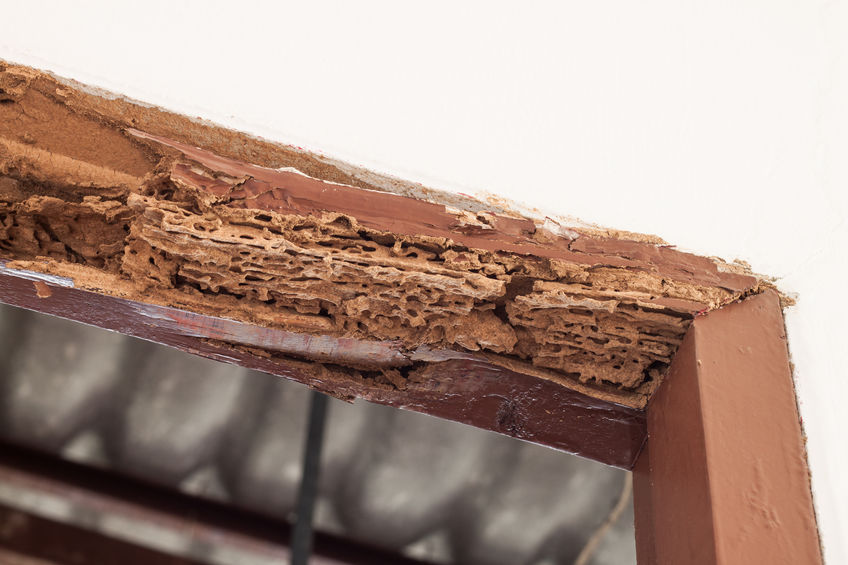The cost of termite damage repairs (not including termite control costs) in the US easily exceeds 1 billion dollars annually. Many entomology and pest control websites state that the annual cost of both termite damage repairs and termite control costs is around 5 billion dollars, but this figure is questionable. According to the former director of the Professional Pest Management Alliance, Gregg Baumann, the actual cost of termite damage alone in the US each year is likely around 50 billion dollars. However, Baumann states that this figure includes the significant amount of damage that property owners fail to notice or neglect to have repaired. In any case, it can be safely said that termites inflict costly damage to timber framed structures in the US.
Due to the widespread damage that termites inflict to homes each year in the county, many states legally require homes to be professionally inspected for termite infestations and/or damage before being sold. Unsurprisingly, most states that have passed legislation of this nature are located in the south where termite infestation rates are extremely high. While most states located in the far north see relatively little termite pest activity, Massachusetts is one of the few exceptions, as the state is located in a geographic zone where termite pest activity is well above the norm. This is true in spite of the fact that only one destructive termite pest species can be found in Massachusetts, New Hampshire, Vermont and Maine, and this is the same termite species found in upper midwest regions where termite infestation rates are below the national average. This termite species, the eastern subterranean termite, also happens to be the most widespread and economically damaging termite species in the country.
Coastal cities see the highest rate of termite infestations, and this is largely due to the moisture and warmth produced by ocean currents. Termites can only thrive in properly moist conditions, and warm coastal air allows subterranean termites in much of the northeast to remain active well into the fall season. In fact, despite Philadelphia’s coastal northeastern location, the city is one of the most termite infested metropolitan areas in the country. Forests and heavily wooded areas are relatively common in Massachusetts, which provides subterranean termites with an endless food source. Also, homes built before the mid to late 20th century usually included structural wood components that made direct contact with the ground, providing subterranean termites with direct access into homes. Today, housing laws prohibit a variety of formerly common structural features that make homes vulnerable to subterranean termite infestations.
Have you ever seen swarming termites in any region in Massachusetts or farther north?

